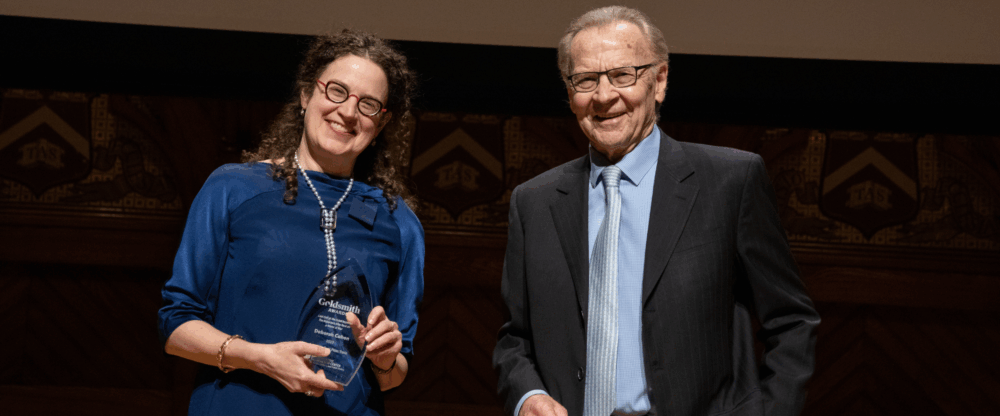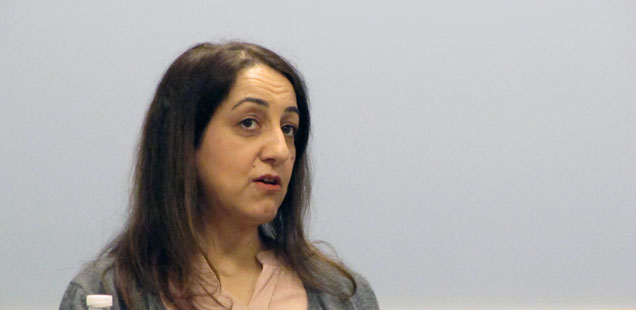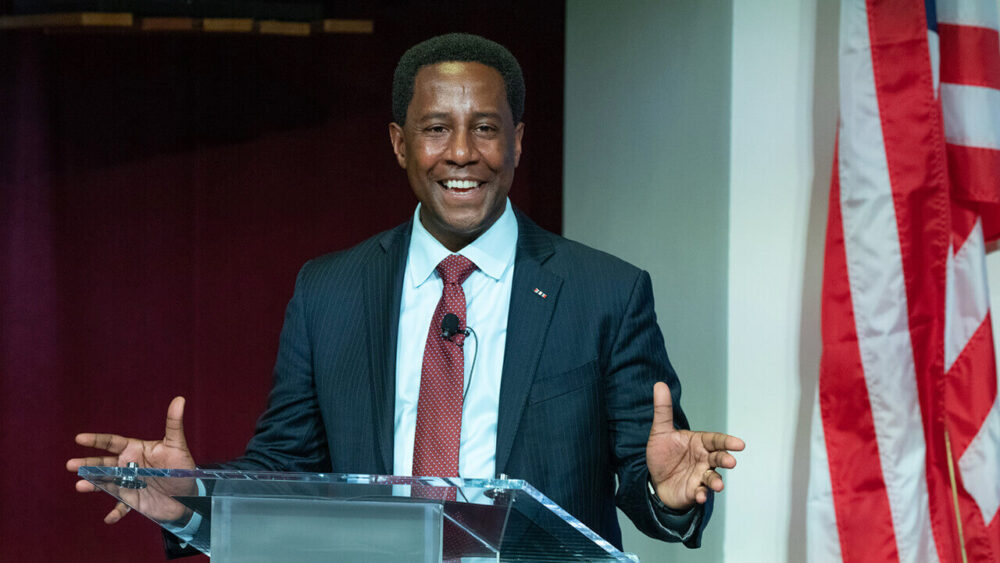Our weekly roundup of news found at the intersection of media, politics, policy and technology, from the Shorenstein Center and from around the web.
This Week at the Shorenstein Center
- Farnaz Fassihi, senior Middle East correspondent for The Wall Street Journal and current Nieman Fellow, discussed how the nature of reporting on the Middle East has changed in recent years, and provided context and insight on current Middle East conflicts. Read highlights and listen to audio.
- How does social media use influence political participation and civic engagement? A 2015 metastudy by Shelley Boulianne of Grant MacEwan University analyzed 36 studies, examining the relationship between social media use and everything from civic engagement broadly speaking to tangible actions such as voting and protesting. See highlights of the study on Journalist’s Resource.
- Who votes and who doesn’t – and why? Journalist’s Resource provides an overview of research examining unequal voter turnout in U.S. presidential elections.
- With Ted Cruz announcing his candidacy, the 2016 election season has officially started. How are data, polling and political journalism likely to impact the race? In December, panelists at the Theodore H. White Seminar on Press and Politics gathered to discuss what to expect in the lead up to 2016. Featuring Jill Abramson, former executive editor of The New York Times and visiting lecturer at Harvard University; Kristen Soltis Anderson, IOP Fellow and co-founder of Echelon Insights; Mark Halperin and John Heilemann, managing editors of Bloomberg Politics; and David Rogers, reporter for Politico. View the video and read the transcript.
News from Our Fellows
- The Press and Edward Kennedy: A Case Study of Journalistic Behavior. A new research paper by Neal Gabler, former Joan Shorenstein Fellow (Fall 2011), author and film critic, examines the quantity and nature of media coverage of Edward Kennedy over the course of his political career. Gabler found in the media’s treatment of Kennedy patterns that characterize recent shifts in the priorities and practices of U.S. political media.
- Nick Sinai, Walter Shorenstein Media & Democracy Fellow, led a study group on data journalism with Alex Howard, editor at E Pluribus Unum and columnist for TechRepublic. View the slides and recommended reading.
- Recommended reading for Michele Norris’s most recent study group, “‘Racism is a Flash-Colored Bandaid’– Examining the Color of Commerce,” is also now available. The session explored changing U.S. demographics and how companies, political parties and media outlets are adapting to an increasingly diverse American audience.
From around the Web
Sign up to receive Media and Politics Must Reads in your inbox each week. Also connect with us on Twitter and Facebook for more updates.




